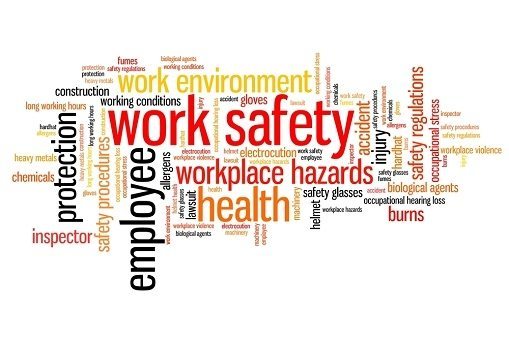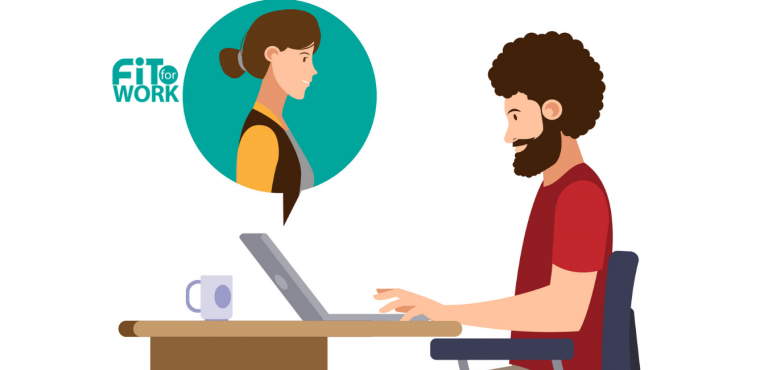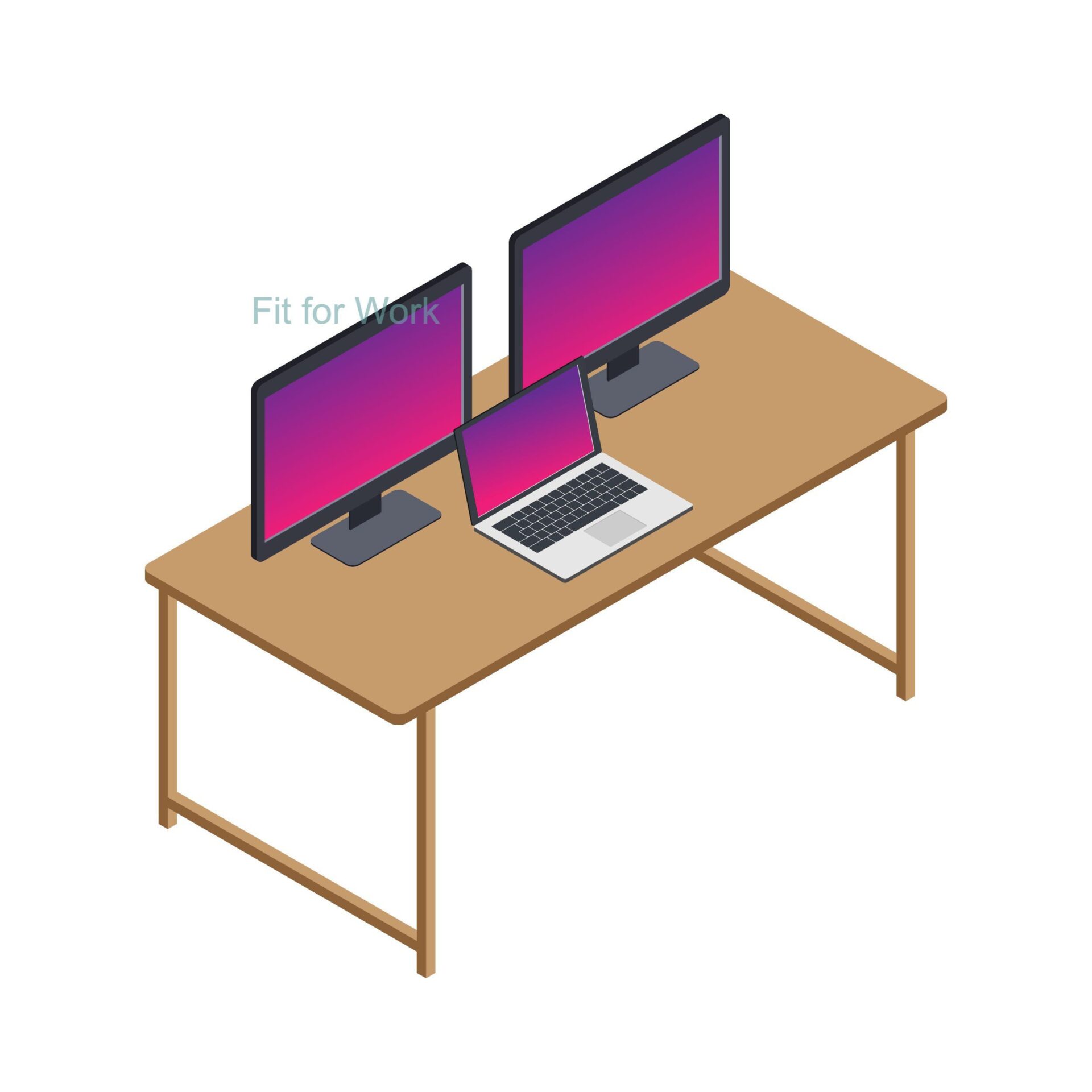EMPLOYEES SAFETY WHILE WORKING FROM HOME

Estimated reading time:

Last week we discussed some of the typical risks associated with the home office. For employers, the task of ensuring employees' safety while working is more complex when the office is remote. To start with, maintaining close communication with employees and creating agreed-upon protocols to report issues works well. Safety in the workplace must focus on educating and advising employees when the workforce is remote.
ERGONOMICS AND SAFETY WHILE WORKING FROM HOME
Consider the importance of ensuring access to functioning and comfortable equipment for employees. Provide advice for employees on how best and where best to set up their workstation. Communicate and find out if there are any issues relating to comfort in the employees' home office.
EDUCATION ON POTENTIAL RISKS
A simple yes/no question list is an idea to help with finding out from employees about potential home office safety risks. The below questions are example of this.
Are any of your devices overheating?
Employees should be made aware of the importance of monitoring devices for signs of overheating. Provide your employee with advice on appropriate surfaces for laptop use, allowing for air circulation underneath. Advise employees to keep devices turned off when not in use. Do not keep devices plugged in unnecessarily.
Are there cables placed on the floor surface near your desk?
Provide employees with information on how to minimise the risk of falls, trips, or slips due to obstacles. The home set up is not likely to have wide-open spaces, obstacles are far more likely. Advise the employee to identify a clear pathway to and from their workstation.
Can you read everything on your screen when sitting in your usual working position?
When working from home, it is important that employees are aware of the best lighting set up. When working in a room with natural light, it is always best to ensure the workstation is at a right angle from this natural light source. Take frequent breaks to allow the eyes to rest, working from a screen causes the eyes to tire quickly. Follow the 20-20-20 strategy. For every 20 minutes spent looking at a screen, look 20 feet away for 20 seconds.
Are there any signs of damage to your cables?
Discontinue the use of damaged equipment immediately. Ensure that your employees are clear on this.
Are you working alone at home?
Many will be working alone now that they are remote. Communicate with your employee and ensure they reach out if there are any issues. Employee safety while working from home is much improved with regular communication.
ERGONOMICS SUPPORT FOR YOUR COMPANY
Fit For Work provide a range of ergonomics services that are suitable for those working from home/remotely or those who are office-based. To learn more about office setup and good ergonomics principles, you can reach out to Fit for Work to talk about how an ergonomic programme within your office can increase productivity, increase staff satisfaction, improve staff retention and reduce sick leave.










